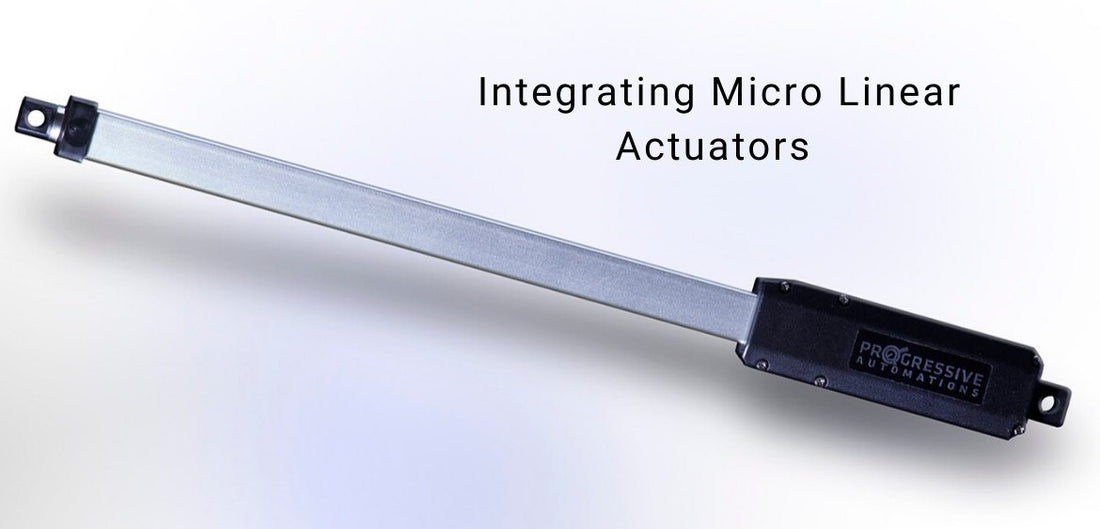Micro linear actuators – the smaller counterpart of standard-sized linear actuators – are relatively new to the market, where their size and capabilities are being installed into a wider automation field. Nonetheless, the active development of robotics and the constant advancement of all modern technologies available to the US make these handy devices more interesting and fruitful for professionals as well as amateur engineers in the long run.
Creating a micro linear actuator from scratch can be a challenging task. A large number of manual engineering efforts will be required to implement a positional feedback mechanism for precisely controlling a micro linear actuator. This necessity of implementing positional feedback, especially considering if the feedback is analog or digital, will determine the complexity of implementing the actuator’s feedback. The size-factor of the micro linear actuator may also determine what type of feedback can be installed within the motor housing.
In this blog, we will share a few tips to help you manage this task most efficiently.
What to Consider when using a Linear Micro Actuator
It is important to understand the purpose of the micro linear actuator to determine the lead screw to use. Things to consider will be the dynamic force rating, the duty cycle, as well as the expected overall efficiency rate. Based on these characteristics, you can select the most suitable components for your lead screw.
The fundamental materials used within your micro linear actuator are crucial. You should try to achieve a balance in this aspect while achieving the end-goal of the application. For example, using steel materials will allow for a stronger build, however, this may make the overall weight heavier and more cumbersome.
It is also important to prepare in advance the type of linear actuator controller you will be using. The most widely used in domestic conditions are electronic controllers that are connected to the actuator within the construction and have an external switchboard or a single switch.
How are Micro Linear Actuators With Built-in Controllers Assembled?
The vast majority of the readily-available devices of this type come with a built-in controller by default. You should pick an option that could meet other specifications of your application. But if you still need to manually attach a controller to the actuator – this can be done.
Almost all linear actuator devices are similar in build and style, where they serve similar purposes. This can make the main components of a linear actuator easy to assemble. Your standard linear actuator system with a controller will consist of:
- Motor
- Stroke piston
- Controller
- Compatible power source
When you need to connect a controller to the linear drive, you should look for the optimal soldering elements and location. Adding the control method, whether it be a simple switch or control system, will allow the simplest means of control for many purposes. Lastly, a location to position the switch for easy access will allow for simple control for your application.
Check out a range of readymade devices and all compatible accessories for linear actuators on our online store – Progressive Automations – home to many motion control products.




